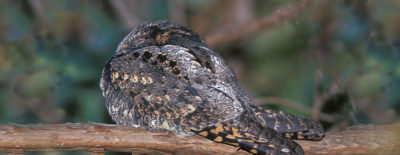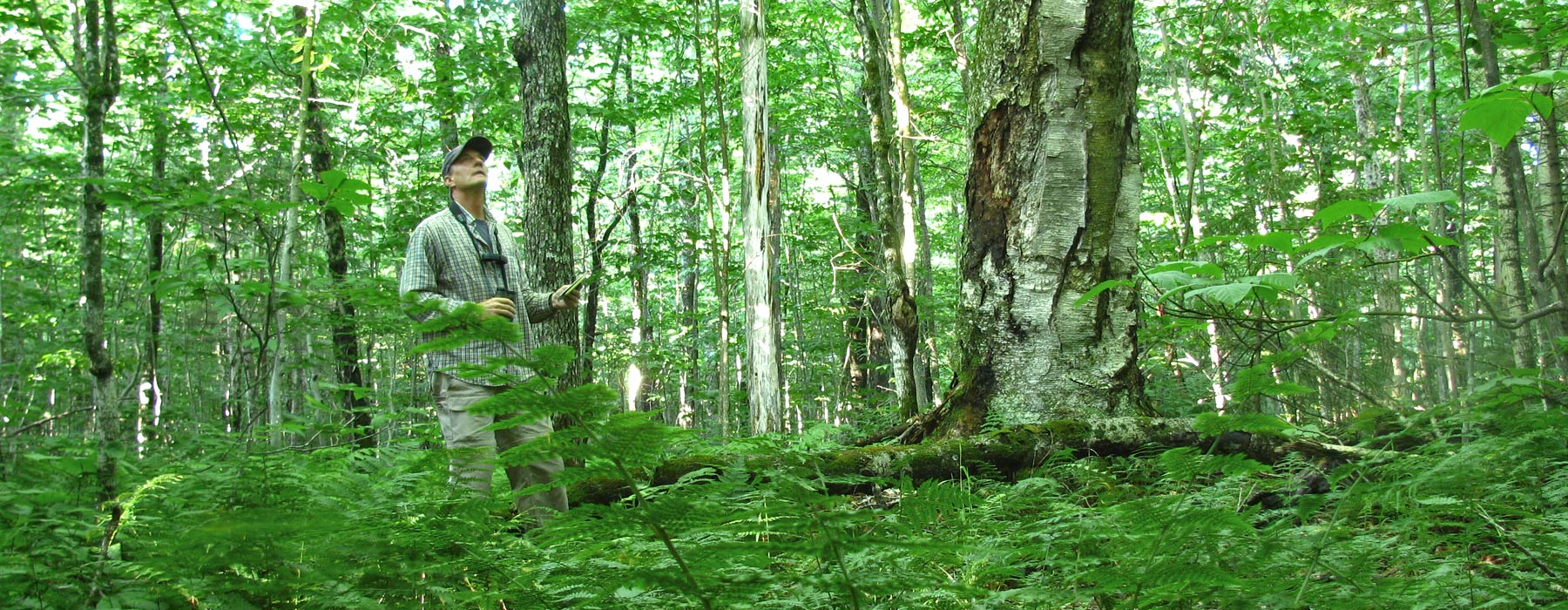Forests dominate the landscape in the Northeast, blanketing nearly 50 million acres from New York to Maine. Embedded within this area are a rich variety of upland and wetland habitats that support much of the region's biodiversity. Forests sustain people, and countless recreational opportunities.
However, this iconic landscape is threatened by fragmentation, development, climate change, and a growing array of introduced pests, pathogens, and invasive species. To understand the impacts of these and other stressers, VCE gathers baseline information and monitors ecological change over time.
Interested in having a VCE conservation biologist speak at your event, or lead a field outing?
Please fill out our Speaker Request Form to start the process.
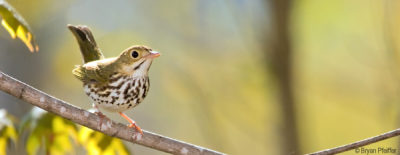
Vermont Forest Bird Monitoring Program
Initiated in 1989, this is now one of the region's longest-running studies of forest bird population trends. While numerous studies have documented declines songbirds inhabiting fragmented landscapes, few monitor birds in protected undisturbed forests in the Northeast. With troubling losses of forest habitats on their wintering grounds, it becomes critical to understand how these changes affect – over the long term – diversity and abundance on breeding grounds. Learn more »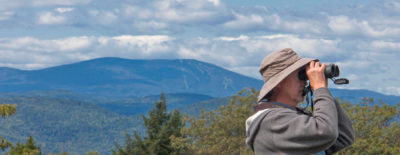
Vermont Breeding Bird Survey
A cooperative effort between the U.S. Geological Survey's Patuxent Wildlife Research Center and the Canadian Wildlife Service's National Wildlife Research Centre to monitor the status and trends of North American bird populations. Following a rigorous protocol, BBS data are collected by thousands of dedicated participants along thousands of randomly established roadside routes throughout the continent. VCE coordinates and surveys routes across Vermont. Learn more »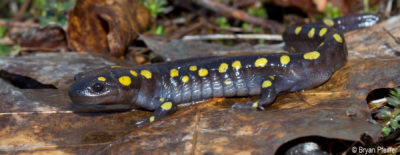
Vernal Pool Conservation
Scattered in woodlands across the Northeast, small wetlands erupt with life, notably the carnal adventures of frogs and salamanders. These wetlands are vernal pools. VCE combines its expertise in research, mapping and citizen engagement in the identification and conservation of these rare wetlands and their odd array of plants, invertebrates and amphibians. Learn more »